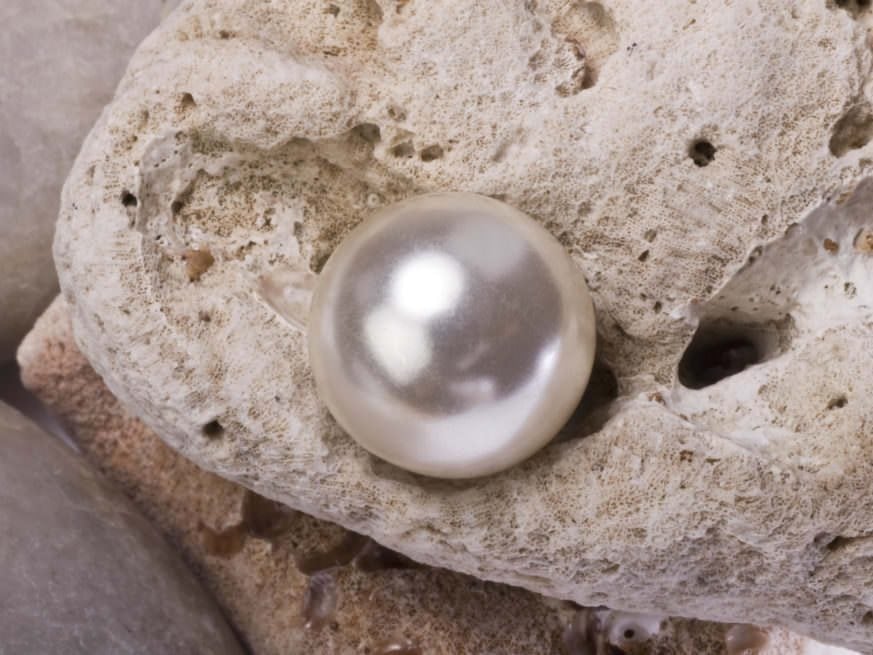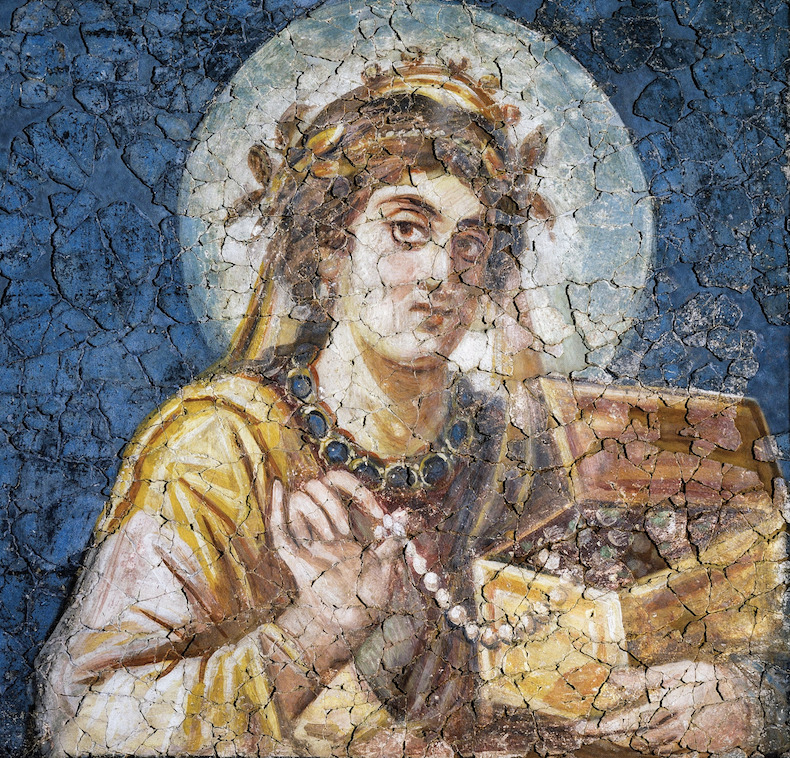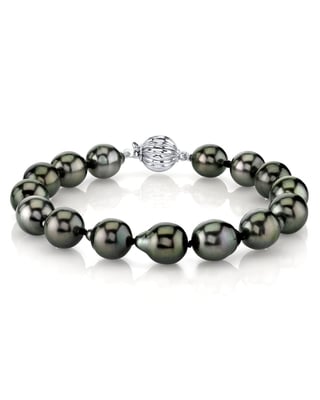PEARL MEANING
For centuries, pearls have been more than just beautiful adornments—they’ve been icons of wisdom, power, purity, and transformation. Unlike gemstones mined from the earth, pearls are created by living organisms—specifically, living creatures known as mollusks. Their unique formation, natural elegance, and rich cultural legacy have made pearls some of the most symbolically significant gems in human history, revered and valued since ancient times. Understanding pearl meaning can help you appreciate their true beauty.

This guide explores the deeper meaning behind pearls—across cultures, colors, spiritual beliefs, and life milestones. Whether you’re gifting pearl jewelry or investing in a timeless piece for yourself, understanding the story behind each pearl adds a powerful emotional dimension to its beauty.
What Do Pearls Symbolize?
At their core, pearls symbolize purity, wisdom, transformation, and love. The phrase “pearls of wisdom” captures how pearls are often seen as metaphors for valuable insights and knowledge, highlighting their symbolic significance. Their formation—a mollusk responding to an internal irritant by building a smooth, protective shell around it—mirrors human experiences of growth through adversity. This natural process gives pearls a distinct emotional and symbolic resonance.
Pearls commonly represent:
- Purity and Innocence: Often linked to weddings and new beginnings
- Wisdom Gained Over Time: A reflection of patience, maturity, and quiet strength
- Love and Loyalty: Symbolizing enduring affection and commitment
- Emotional Balance: Believed to promote harmony and calm
- Resilience: A natural response to irritation or challenge
These qualities make pearls a deeply personal and meaningful gemstone, chosen as much for what they represent as for how they look.
Pearl Symbolism in World Cultures
Pearls have been prized across nearly every ancient civilization, and their meaning has shifted and expanded through centuries of history. In many cultures, mythical creatures were often believed to be responsible for the creation or symbolism of pearls, with legends attributing their origins to divine or supernatural beings.
Ancient China
In Chinese culture, pearls have long symbolized wisdom, integrity, and spiritual energy. They were believed to protect the wearer from fire and dragons, and were commonly worn by royalty and scholars.
India and Vedic Lore
In India’s Vedic tradition, pearls were associated with prosperity, purity, and marital harmony. Hindu legend tells of Krishna discovering the first pearl and presenting it to his daughter on her wedding day—a symbol of love and fatherly devotion.
Persian and Islamic Beliefs
Persian myths described pearls as tears of the gods or as being formed when a rainbow falls into the sea, imbuing them with divine and magical significance. In Islamic texts, paradise is said to be adorned with pearls, and they are commonly associated with spiritual purity and eternal beauty.
Ancient Rome
Pearls were the ultimate symbol of wealth, prestige, and feminine power. They were so revered that Julius Caesar passed laws limiting their use to the upper class. Roman women would sew pearls into their clothing, hair, and shoes—using them as public declarations of their status.
 Showing off a pearl necklace, a woman displays her collection of jewels.
Fresco from the Palace of Constantine in Trier. Fourth century A.D. Episcopal Museum, Trier
Photograph by AGE FOTOSTOCK
Showing off a pearl necklace, a woman displays her collection of jewels.
Fresco from the Palace of Constantine in Trier. Fourth century A.D. Episcopal Museum, Trier
Photograph by AGE FOTOSTOCK
European Royal Courts
In Renaissance and Victorian Europe, pearls were linked to chastity, elegance, and nobility. Queen Elizabeth I’s iconic portraits often show her draped in pearls, reinforcing her divine authority and feminine strength.
Indigenous and Oceanic Traditions
Across Polynesia, black pearls were believed to be gifts from the gods, symbolizing fertility, creation, and the moon. Tahiti Black Pearls, in particular, are renowned for their rarity and spectacular origin, and are often associated with wealth, hope, and peace due to their unique color variations and deep cultural significance. In Native American cultures, freshwater pearls were used in ceremonial clothing and traded as valuable spiritual items.
The Spiritual Meaning of Pearls
Beyond their historical and cultural symbolism, pearls have held spiritual significance in many belief systems. Their origin—conceived in silence beneath the sea—makes them a natural symbol of inner peace, depth, and intuition. Like other crystals used for healing and energetic purposes, pearls are believed to possess unique properties that can benefit the body, mind, and soul.
Common spiritual associations include:
- Wisdom from within: Pearls are seen as symbols of inner knowing and intuition, often used in spiritual practices to deepen reflection.
- Emotional clarity: Believed to help balance emotions and soothe turbulent energy, pearls are thought to stabilize the mood and promote
- Feminine energy: Often associated with the moon and water, pearls are linked to divine feminine energy, nurturing, and fertility.
- Spiritual protection: In some metaphysical traditions, pearls are believed to deflect negative energy and offer psychic protection.
While scientific evidence for these claims varies, many wearers are drawn to pearls not only for their beauty but for the sense of peace and grounding they inspire.
Pearl as a Birthstone: June’s Gem
Pearls are the official birthstone for June, making them a meaningful gift for those born during this month. As a birthstone, the pearl carries associations with:
- Sincerity and loyalty
- Emotional intelligence and self-acceptance
- Creativity and adaptability
PEARL BIRTHSTONE SPOTLIGHT
Whether you’re born in June or are shopping for a loved one, there’s nothing like the timeless appeal of pearl jewelry. Symbolizing friendship and loyalty, June birthstone jewelry is a stunning keepsake and will show how much you care.
Browse our collection of lustrous June birthstone jewelry made from Freshwater Pearls, Akoya Pearls, or South Sea Pearls. There’s a perfect heirloom piece for everyone!
Pearls in Healing and Energy Practices
In modern crystal healing and energy work, pearls are considered stones of inner wisdom and emotional healing. As precious gems, pearls are valued for their beauty, healing properties, and symbolic meanings of purity and harmony. They are often used to:
- Calm the nervous system
- Support heart chakra alignment
- Balance hormonal cycles (especially in women)
- Strengthen connections between mind and body
Pearls are not typically used for high-vibration work like quartz or amethyst, but are instead valued for their gentle, nurturing presence. Some practitioners recommend wearing pearls during times of emotional transition or grief to support a grounded, centered outlook.
Even for those who don’t subscribe to metaphysical beliefs, many find emotional value in wearing pearls as reminders of resilience, elegance, and personal growth.
The Meaning Behind Pearl Colors
Pearls naturally occur in many different colors, each carrying its own unique symbolism and emotional tone. From classic white and black to rare varieties like blue pearls, the diversity in their appearance adds depth to their allure. Whether you’re choosing based on style or significance, pearl color adds another layer of meaning to any piece.
| Pearl Color | Symbolism |
|---|---|
| White | Purity, innocence, new beginnings |
| Cream | Elegance, charm, tradition |
| Pink | Love, romance, kindness |
| Lavender | Creativity, individuality, inner peace |
| Peach | Vitality, warmth, joy |
| Black | Strength, independence, mystery |
| Golden | Prosperity, success, luxury |
| Silver | Modernity, clarity, reflection |
| Blue | Tranquility, truth, confidence |
| Green | Growth, abundance, renewal |
PEARL COLOR SPOTLIGHT
While classic white pearls remain a timeless favorite, today’s cultured pearls come in a stunning range of natural shades—from soft pink and lavender to deep peacock green and golden hues. Each color reflects the environment and mollusk in which it was formed, giving every pearl its own unique personality.
Looking for your perfect shade? Explore our range of stunning pearl colors and discover a world of luminous possibilities.
These associations can help you select a pearl color with personal meaning—whether it’s a birthday gift, a bridal accessory, or a talisman for your own journey. The shiny, lustrous surface of pearls reflects light beautifully, enhancing their symbolism of purity and beauty.
Symbolism by Pearl Type
Each pearl type not only differs in appearance and origin—but also carries its own story and symbolic identity.
Different types of pearls are cultivated in specific mollusks, such as Akoya oysters for Akoya pearls and freshwater mussels for freshwater pearls. Oysters are the primary source of many cultured and natural pearls, as they secrete nacre around irritants to form these gems. Pearls are found in various regions around the world, including Japan, French Polynesia, Australia, and China, highlighting their geographic diversity.
Akoya Pearls
- Meaning: Timeless elegance, tradition, and grace
- Why: As the first successfully cultured pearl, Akoya pearls are cultivated in the Akoya oyster, symbolizing refinement and enduring beauty. Their classic round shape and high luster have made them the go-to choice for generations of pearl lovers.
Freshwater Pearls
- Meaning: Youthful energy, adaptability, new possibilities
- Why: Freshwater pearls are grown in freshwater mussels, which serve as natural hosts for these gems. Known for their variety of shapes and pastel hues, freshwater pearls are associated with creativity and accessibility—perfect for modern, expressive wearers.
Tahitian Pearls
- Meaning: Power, protection, individuality
- Why: These striking black pearls are often linked to Polynesian mythology, where they were believed to be gifts from the gods. Today, they’re favored by those with bold, mysterious energy.
South Sea Pearls
- Meaning: Wisdom, wealth, leadership
- Why: With their large size, soft glow, and rarity, South Sea pearls represent prestige and maturity—often chosen to mark milestones or leadership roles.
Pearls in Weddings and Milestones
Pearls are a time-honored tradition in weddings—not just for their beauty, but for their symbolism. Across cultures, pearls are believed to bring harmony, balance, and purity to unions.
Pearls in Bridal Jewelry
- Worn to symbolize purity and innocence
- Said to ensure a happy marriage and loyal love
- Passed down as heirlooms, connecting generations of women
In many cultures, brides wear pearl earrings or a pearl necklace on their wedding day as a symbol of elegance and emotional clarity. Pearls are also often chosen for bridesmaids, mothers of the bride, and wedding gifts.
BRIDAL SPOTLIGHT
From delicate earrings to statement strands, pearls have long been a symbol of love, purity, and lasting beauty—making them the perfect choice for brides. Whether you’re drawn to classic white Akoya pearls or warm golden South Sea tones, there’s a style to suit every gown and bridal aesthetic.
Discover heirloom-worthy pieces for your special day in the Bridal Pearl Collection at The Pearl Source.
Pearl Anniversaries and Gifts
Pearls are traditionally given on the 30th wedding anniversary, marking three decades of loyalty and shared life experience. However, their deeper meanings—resilience, inner growth, and enduring beauty—make them ideal for:
- Graduations: Celebrating wisdom gained
- Mother’s Day: Honoring love, patience, and nurturing
- Career Milestones: Marking transitions with grace and confidence
- Self-Gifting:As a personal symbol of transformation or achievement
Pearls in Art, Literature, and Religion
Pearls have long held symbolic roles in art, myth, and spiritual literature. Mother of pearl, with its lustrous, iridescent surface formed from nacre within mollusk shells, has also been widely used in religious and artistic contexts for its shiny, pearl-like appearance and symbolic meanings such as protection, psychic connection, and dream enhancement. Shells themselves, valued for their beauty and resilience, are often incorporated into jewelry and artifacts, carrying both material and cultural significance.
- In the Bible, pearls are mentioned as symbols of divine truth and the gates of heaven. The “pearl of great price” is a metaphor for something supremely valuable.
- In Shakespearean literature, pearls often represent sorrow or the fragility of life. In Hamlet, Ophelia’s death is marked by a mention of pearls, deepening the emotional resonance.
- In Renaissance art, pearls often adorned saints and royalty, representing divine favor and moral integrity.
- In Islamic tradition, paradise is described as being lined with pearls, highlighting their connection to eternal beauty and spiritual purity.
These symbolic references reinforce the pearl’s place not just in fashion, but in the imagination and emotional fabric of human culture.
Pearls and the Divine Feminine
Across many belief systems, pearls are associated with the divine feminine—embodying intuition, nurturing, softness, and strength. This connection is often linked to:
- The pearl’s resemblance to the moon
- Its water-based formation, echoing feminine cycles
- The protective nature of nacre, symbolizing emotional resilience
Many women are drawn to pearls not just for their aesthetics, but for the way they feel: grounding, soothing, and deeply connected to their identity. Pearls are one of the few gemstones that feel inherently personal—often worn close to the skin and passed from mother to daughter.
Pearl Superstitions and Good Luck Beliefs
Pearls have sparked many superstitions throughout history. The process of harvesting pearls, which involves extracting them from living oysters, has led to ethical concerns and beliefs that this act can influence the luck or symbolism associated with pearls. While some cultures view pearls as tears (and discourage them in wedding jewelry), others consider them powerful tokens of protection and fortune.
Common beliefs include:
- Good luck for new beginnings: Especially when gifted
- Protection during travel: Especially across water
- Amplifiers of intuition: Enhancing decision-making and insight
Many of these associations persist today, adding depth to modern pearl jewelry and gifting traditions.
Frequently Asked Questions
What is the spiritual meaning of pearls?
Pearls are often associated with emotional balance, intuition, and inner wisdom. In many belief systems, they symbolize serenity and are said to support spiritual growth, calmness, and self-reflection.
What does it mean to give someone a pearl?
Giving a pearl is a gesture of love, respect, and enduring commitment. Pearls can symbolize purity, loyalty, and transformation, making them a meaningful gift for weddings, anniversaries, graduations, and other milestones.
Do different pearl colors have different meanings?
Yes. White pearls symbolize purity and new beginnings, black pearls represent strength and mystery, golden pearls convey prosperity, and pink or lavender pearls are linked to love and creativity. Each color adds personal significance to a pearl gift.
Why are pearls used in bridal jewelry?
Pearls have long symbolized innocence, beauty, and harmony—making them ideal for weddings. Many cultures believe wearing pearls on your wedding day brings emotional balance and lifelong love.
Are pearls good luck?
In many cultures, yes. Pearls are believed to bring good fortune, protect against negative energy, and support peaceful transitions. They’re often worn during life changes or given as tokens of well-wishing.
What determines the quality of a pearl?
The quality of a pearl is determined by several factors, including luster, shape, size, color, and surface quality. Surface quality is especially important—pearls with a smooth, blemish-free surface are considered the finest, as this enhances their luster and overall aesthetic appeal.
Final Thoughts: Why Pearl Meaning Endures
Pearls are more than beautiful—they’re symbolic, soulful, and steeped in history. Formed slowly and patiently within the quiet depths of the sea, pearls take shape through a natural process as mollusks secrete nacre to form unique pearls. Each pearl is shaped by nature, resulting in a variety of forms that highlight their authenticity and individuality. They teach us about transformation, resilience, and the lasting power of simplicity.
Whether you’re wearing pearls to mark a milestone, gift someone special, or connect with a deeper sense of elegance and meaning, each piece carries with it a quiet story—one that reflects the past and lives on with you.





